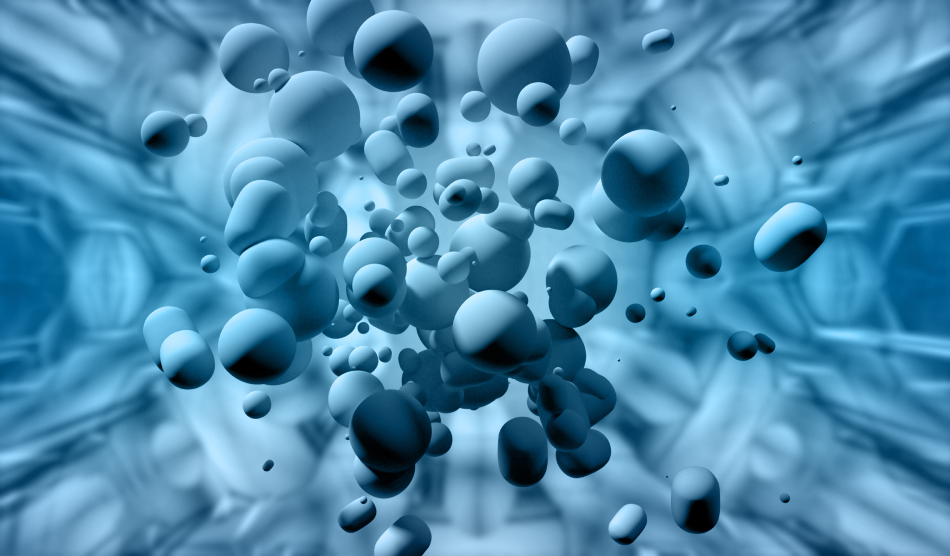Sep 24 2014
Article updated 15th January 2020 by Ben Pilkington
Nanolithography is a field of nanotechnology, dealing with the study and application of fabricating nanoscale structures (those between 1 nm and 100 nm, or one and one hundred billionths of a meter). Nanolithography has recently gained a high level of research interest both from academia and industry. Nanolithography is currently being applied in the manufacturing of semiconductor integrated circuits or nanoelectromechanical systems.

Image Credit: GiroScience/Shutterstock.com
Nanoscale lithography techniques
Optical lithography is the most widely used technique, being commonly applied in the semiconductor manufacturing industry. It can produce patterns smaller than 100 nm with the use of extremely short wavelengths of around 193 nm. Quantum optical lithography has recently achieved resolutions of 2 nm half-pitch lines.
X-ray lithography can be extended to an optical resolution of 15 nm by using short wavelengths of 1 nm for illumination.
Extreme UV lithography is a type of optical lithography using ultrashort wavelengths measuring just 13.5 nm.
Thermochemical nanolithography is based on atomic force microscopy (AFM), using hot tips to trigger chemical reactions at the nanoscale. It has been applied in the production of protein arrays, piezoelectric nanoarrays, DNA, PPV nanowires and graphene-like nanostructures.
Ion beam lithography uses a focused or broad beam of energetic lightweight ions to transfer a pattern onto a surface. Similarly, the nanoscale features of ion beam proximity lithography can be transferred onto non-planar surfaces.
Magnetolithography is used for pattern surfaces and is applied on a magnetic field of a substrate using paramagnetic metal masks. The masks help define the shape and spatial distribution of the magnetic field.
Nanoimprint lithography is a nanopattern replication technology that can be combined with contact printing and cold welding.
Scanning probe lithography enables patterning at the smallest range of the nanoscale. A single atom can be manipulated using the tip of a scanning tunneling microscope.
New developments
Researchers from the University of Minnesota and Seoul National University have developed a new lithographic technique that uses a common household item:Scotch tape or sellotape. The new technique improves fabrication processes for nanostructures. The researchers successfully constructed highly non-linear optical materials comprising sheets of 25 µm thick metal blocks divided by 1 nm wide insulating channels.
Massachusetts Institute of Technology (MIT) researchers have also come up with an advanced nanoscale lithography technique in which finer patterns of lines can be created over larger areas. This technique will be of great use in the manufacture of computer chips and other electronic devices.
Engineers from the NIST Center for Nanoscale Science and Technology have combined electron beam lithography, photolithography, and resistant spray coating to aid in the production of high aspect ratio 3D nanostructures over large device areas.
With further research in nanoscale lithography a key focus of labs in universities and industry around the world, scientists expect more positive results and commercial success in the coming years.
References and further reading